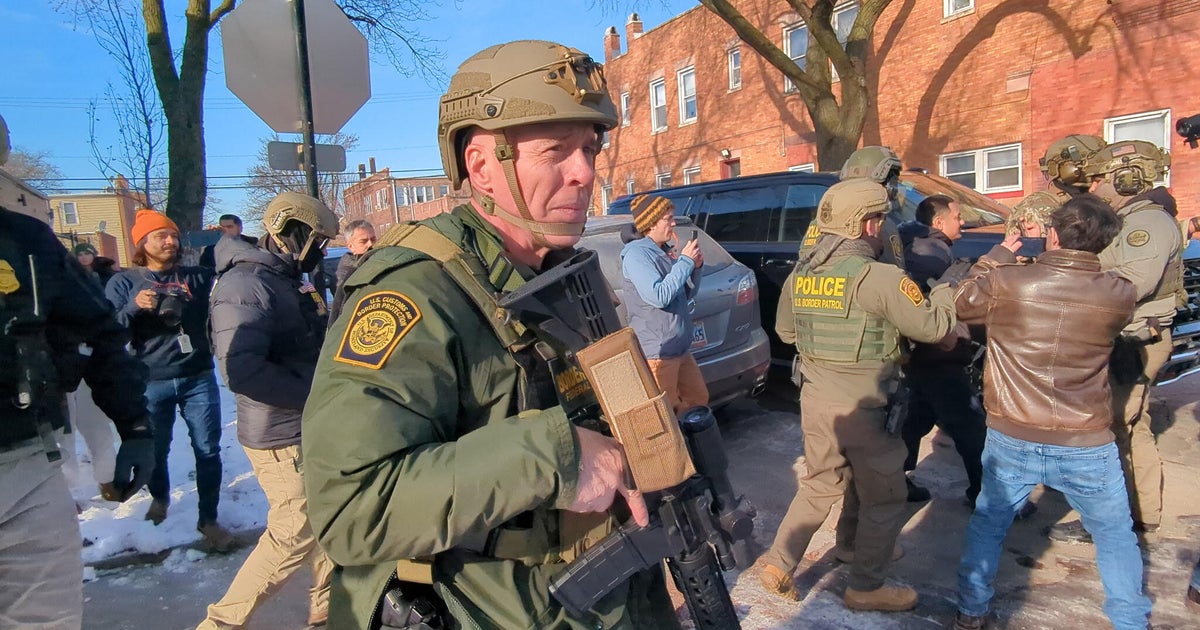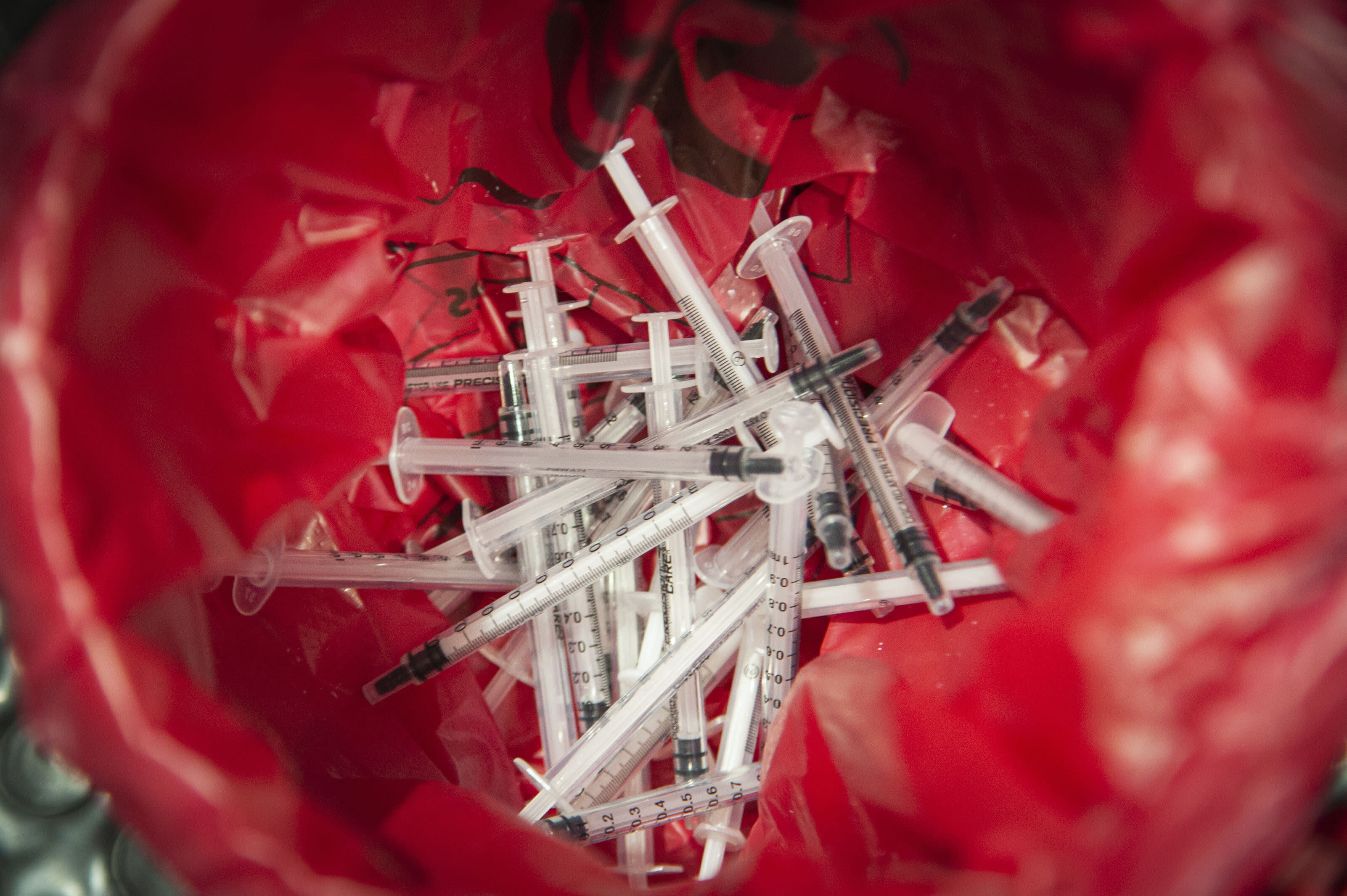New COVID boosters off to a slower start than previous flu vaccine campaigns
New data published by the Centers for Disease Control and Prevention suggest the nation's rollout of updated COVID-19 booster shots is off to a slower start, compared to previous vaccination campaigns for both COVID-19 and the annual flu shot.
Through September 28, the CDC reports the U.S. was averaging nearly 550,000 doses of any COVID-19 vaccine administered a day nationwide.
That's slower than the pace of the Biden administration's previous large-scale booster campaign last fall. One week after the CDC expanded eligibility for additional shots on Oct. 21, 2021, the daily average of first booster shots had surged to more than 860,000 per day.
As of Thursday, federal data tallies more than 11.5 million doses of the new bivalent COVID-19 vaccine boosters from Moderna and Pfizer-BioNTech in arms across the country.
That represents around 5.5% of the 209 million Americans who were eligible for the updated boosters when they were greenlighted a month ago.
All vaccinated Americans age 12 and older are recommended by the CDC to get the bivalent boosters, at least two months after their last shot. The CDC says people who were recently infected can wait three months after they tested positive before getting the shot.
"We think that's a really good start. Also, let me be very clear, we need to continue and up that pace as we get into October," Dr. Ashish Jha, the White House's COVID-19 response coordinator, told reporters on Friday.
Federal health officials had previously cited modeling from the Commonwealth Fund suggesting 101,858 COVID-19 deaths could be averted this winter, if updated boosters reached levels similar to the annual flu shot.
Alongside the flu shot
Jha said they are pushing for Americans to seek out an updated COVID booster alongside their annual flu shot. A recent survey from the National Foundation for Infectious Diseases suggests many people do not know the two are safe to get at the same time.
"We know that most Americans, when you think about when people get their flu shot, they tend to get it in late September early October. It stands to reason, weather is starting to get colder, people starting to think about the holidays, that is often a natural time," Jha said.
However, the updated booster campaign is so far also lagging behind the pace of flu shots from previous seasons. Last year, figures from the healthcare data firm IQVIA published by the CDC estimated more than 13.5 million adults had gotten a flu shot by late September. By Oct. 2, 2021, nearly 20 million were vaccinated.
Boosting the booster campaign
In September, the White House touted plans to focus its booster outreach on people at higher risk of severe COVID, like older Americans and those with compromised immune systems.
Around half of the updated boosters to date have gone to seniors, the White House estimates.
But Jha said Friday that the administration's booster outreach had been limited by a stalled funding request on Capitol Hill, which is not expected to be taken up until after the midterm elections.
"We are running the best campaign we can and, we think, quite an effective campaign. But no doubt about it, it has been substantially hampered by the lack of funding from Congress," added Jha.
A survey published by the Kaiser Family Foundation last month found half of American adults had heard little or nothing about the updated boosters, and 40% were unsure if the shot was recommended for them.
"I feel very clear that our goal is every American who's eligible should get vaccinated, and we've got to do everything we can to both share that information, show the benefits of that, and make it as easy as possible," said Jha.
Unlike last year, the White House has shied away from setting specific goals for uptake of the updated boosters.
Jha confirmed Friday that the White House had made "no internal goals" and did not plan to publicly commit to any specific benchmarks for measuring their updated booster campaign.
"In none of that conversation has it ever felt useful to identify a specific number. Just as we don't have a number for how many deaths we're willing to accept. We are going to keep driving deaths down lower and lower and lower," said Jha.





